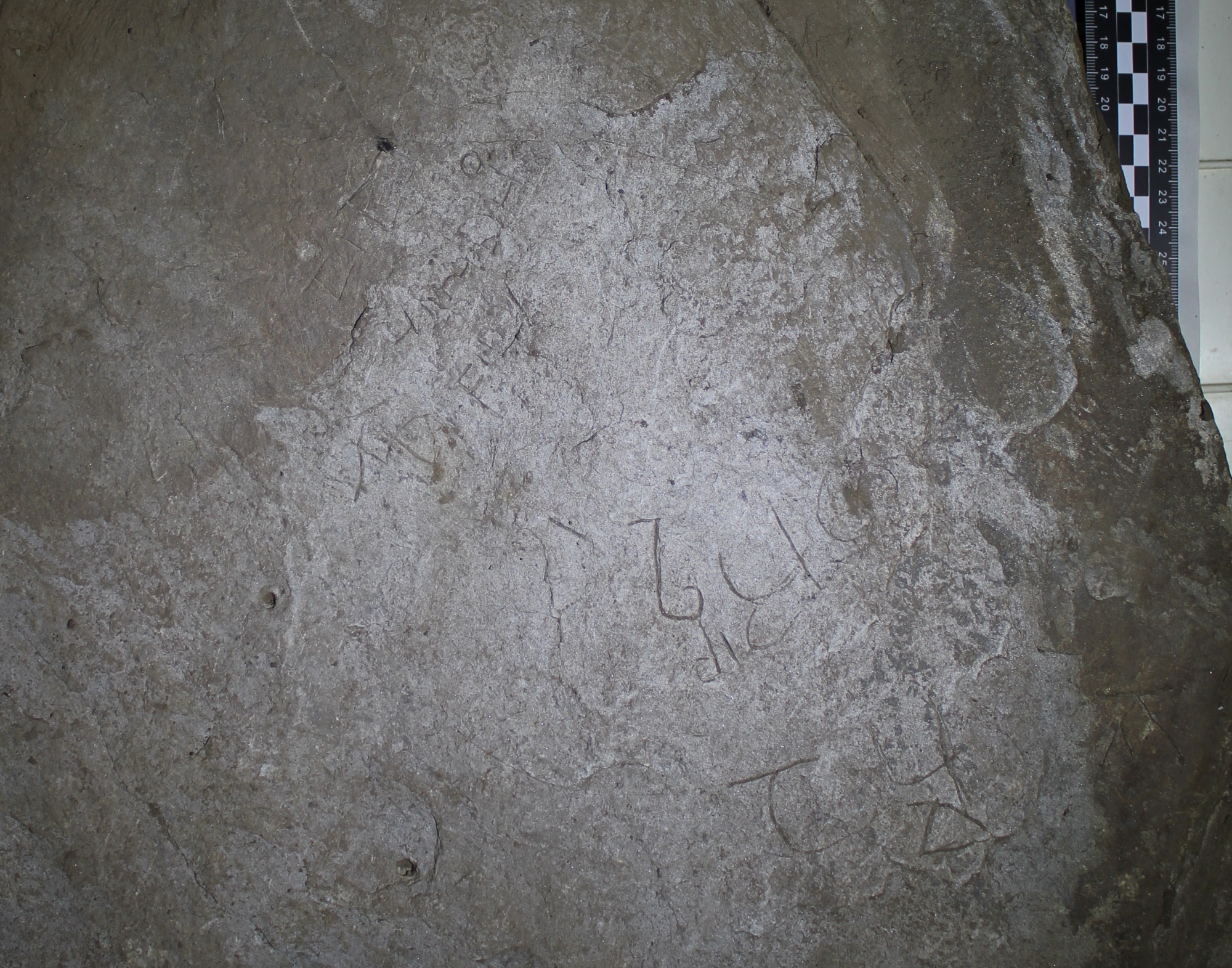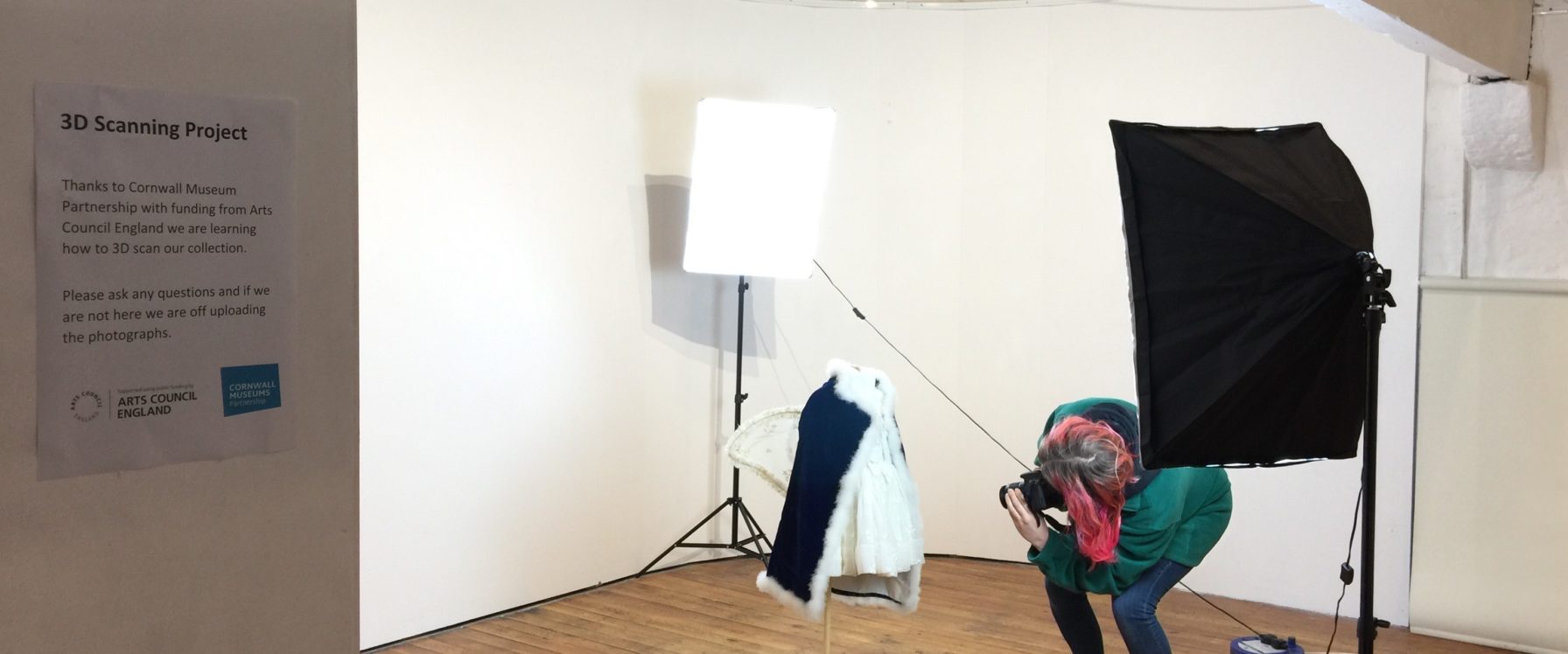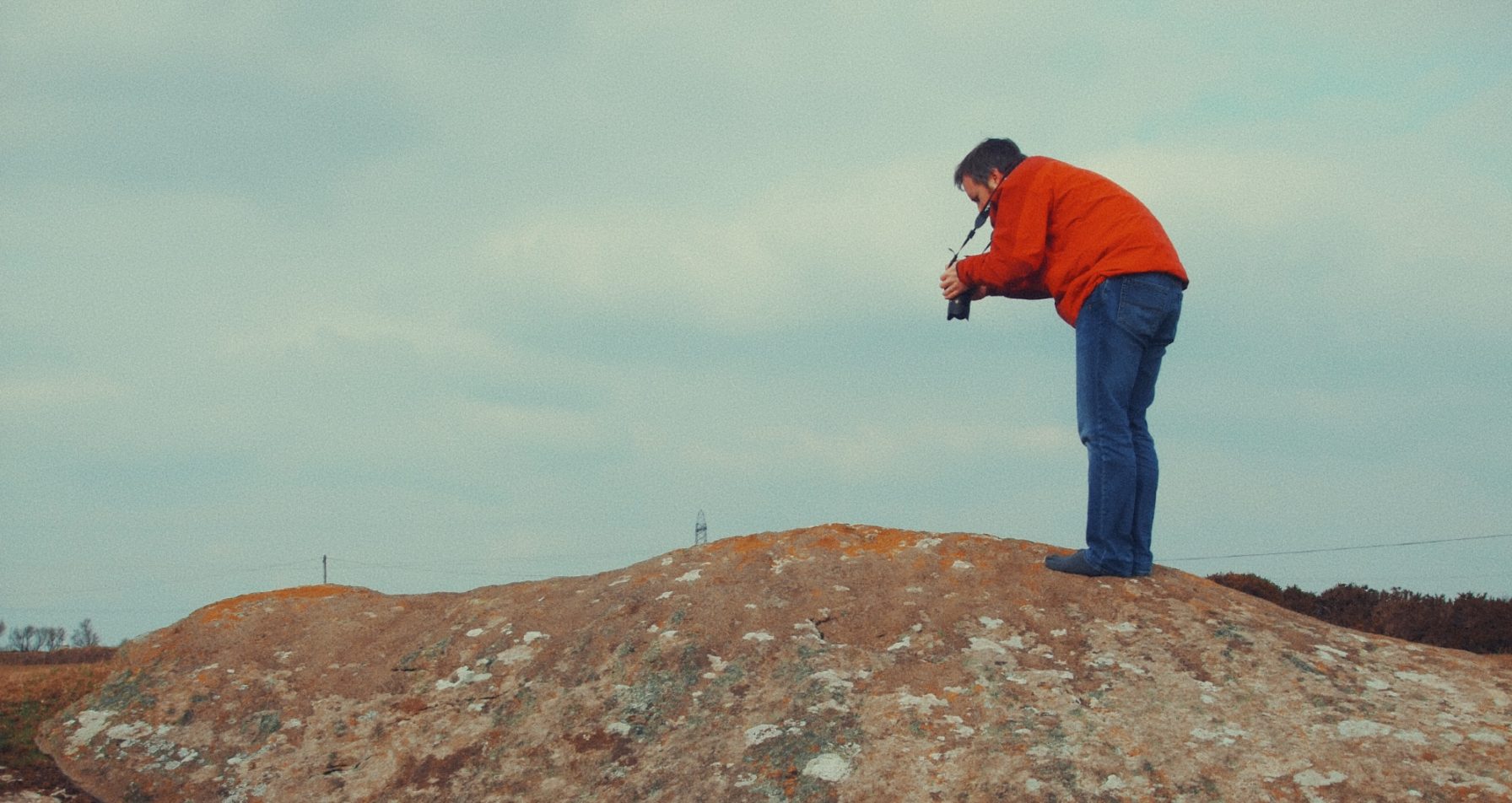I write about technology and its uses in the varied world of heritage, from 3D scanning prehistoric petroglyphs to the use of ChatGPT in museums and archives.
-
Immersive 3D sound as a tool for curators
Are you hearing my voice in your left ear? Then let’s get started.Visitors to Versailles exhibition binaural audio experience, The Met, New York City, 2018. Sound is a profoundly powerful sense. It can trigger memories, create experiences, and take people to new – and old – places. The philosophy of the Curatorial Research Centre is…
-
3D scanning at Cornwall’s Regimental Museum
We have been working with Cornwall’s Regimental Museum in Bodmin to 3D scan a selection of their objects. I helped the museum to create a Sketchfab account so that they can display the 3D models online, and use the Augmented Reality (AR) features of the Sketchfab mobile app. This will allow the objects, normally housed…
-

Announcing the Curatorial Research Centre
At the beginning of February 2019 Tehmina and I launched our new business, the Curatorial Research Centre. The words “curated” and “curator” have become fashionable in recent years, used by thousands to describe lots of different concepts. We help people to grasp the concept of curation, providing clients with advice, skills, facilitation and research. We…
-

Developing my creative practice – funding from Arts Council England
I’m pleased to announce that I have received a grant from the Arts Council England Developing your Creative Practice fund. Self-employed individuals within the arts sectors often find it difficult to conduct development projects to improve their skills or experiment with different techniques. There just isn’t the time. Or the money to pay for the…
-

Imaging the Tintagel early medieval inscribed slate
English Heritage have just announced the important and rare discovery of an early medieval stone inscribed with writing, dating from the 7th century. As a specialist in digital enhancement of archaeological material, I was called in by Cornwall Archaeological Unit (who discovered the stone in the summer of 2017) to help produce the clearest possible…
-

3D capture of historic costumes at the Museum of Cornish Life
In December 2017 I was asked by Helston Museum to train staff and volunteers in how to use photogrammetry to record their historic costume collection in 3D. The costume gallery had closed and become a much-needed storage area. They decided that online 3D models, and possibly through screens in the museum, would be an interesting…
-

Hendraburnick ‘Quoit’ – the most decorated stone in southern Britain?
In 2016 I was asked by Dr Andy Jones from Cornwall Archaeological Unit to record and study the surface of Hendraburnick Quoit on Bodmin Moor in Cornwall. The work, funded by Cornwall Archaeological Society, involved detailed 3D recording of the surface of the two stones that comprise the monument (which isn’t actually a quoit, but…
-
2017 so far
This year has been a strange one so far. The first months of this year saw me suffering from chronic back pain, and finding the road towards being pain free. I’m on that road, but not at the end of it yet. So, a bit of a setback. I’m typing this on my new sit/stand…
